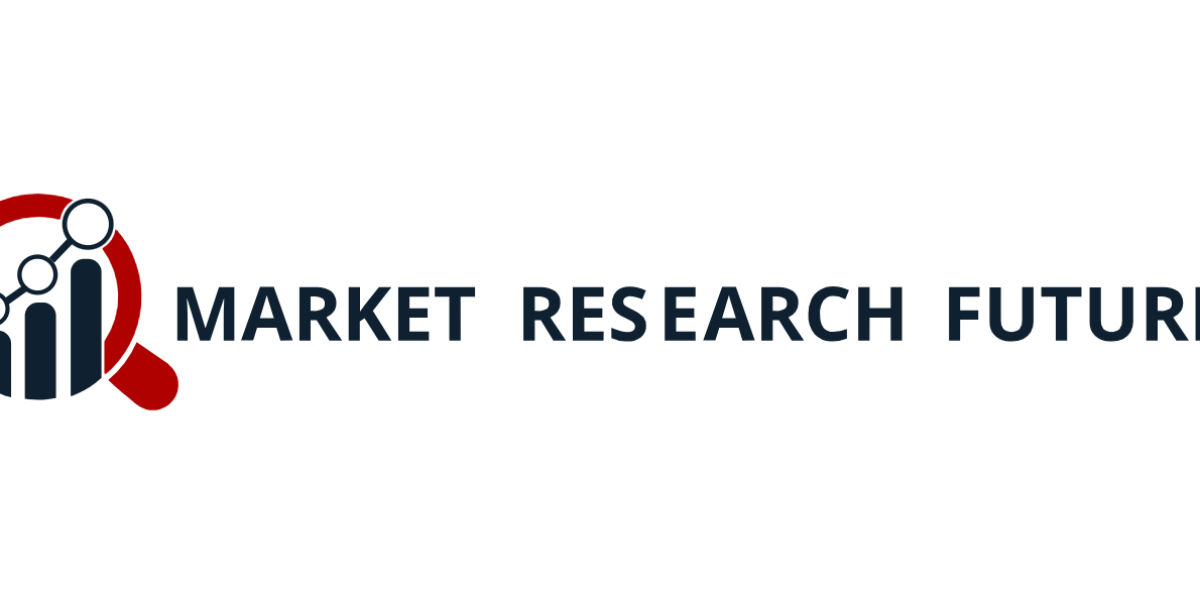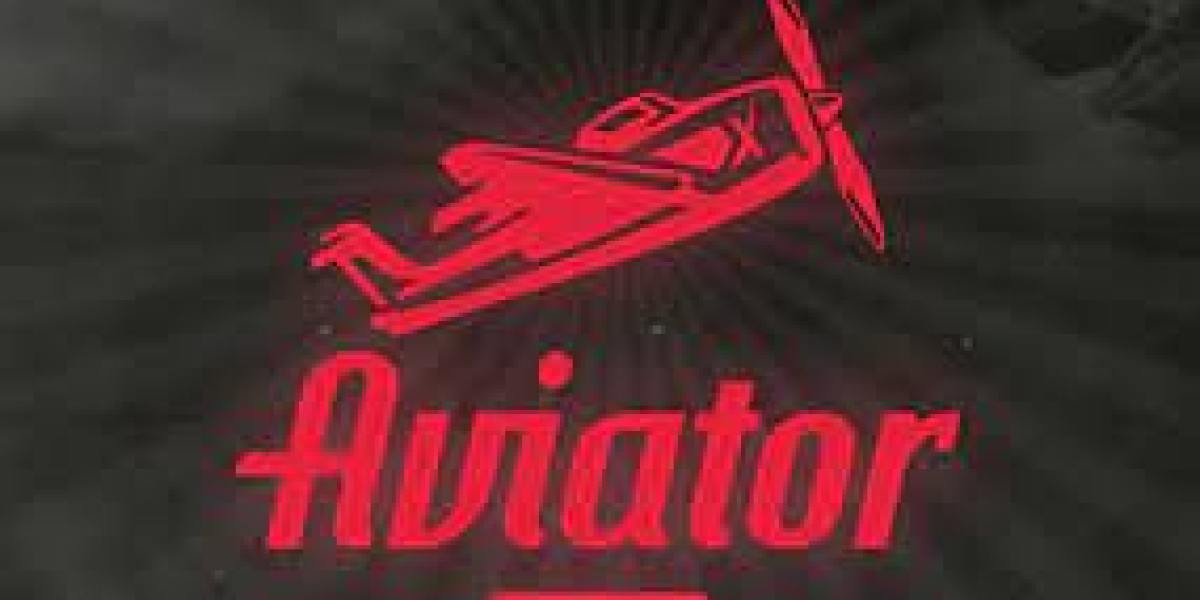The process of bringing a generic drug to market is often misunderstood. Many assume it's a simple, straightforward process, but it's a complex and high-stakes race that requires immense capital and scientific expertise. It is a world of fierce competition, where generic companies are in a race against the clock to be the first to market after a brand-name drug's patent expires. The journey begins long before the patent cliff with a comprehensive analysis of the market and intellectual property landscape. Companies must identify which drugs are nearing patent expiration and assess the potential for commercial success. This initial phase is crucial, as a misstep can result in millions of dollars in wasted R&D.
Once a target drug is selected, the real work begins. The core of generic drug development is the formulation and bioequivalence study. Scientists must develop a formulation that is chemically identical to the brand-name drug's active ingredient and prove that it will be absorbed by the body at the same rate and to the same extent. This is done through rigorous bioequivalence studies in human volunteers. This is a critical and defining moment in the process; if the generic drug fails to demonstrate bioequivalence, the entire project is abandoned. The goal is to prove to regulatory bodies like the FDA that the generic product is therapeutically equivalent and can be safely substituted for the brand-name drug. This is not a simple task and requires extensive testing and analysis.
Finally, after successful bioequivalence studies and a positive regulatory review, the process moves to manufacturing. The drug must be produced on a large scale while maintaining the same high-quality standards. The manufacturing process itself is a key component of the generic drug's success, as a single quality control issue can lead to a costly recall or a delay in market entry. The journey of a generic drug from lab to shelf is a testament to the scientific and strategic prowess of the generic industry. It is a complex ballet of research, regulation, and production, all designed to ensure that patients have access to safe, effective, and affordable medications as soon as a brand-name patent expires.








